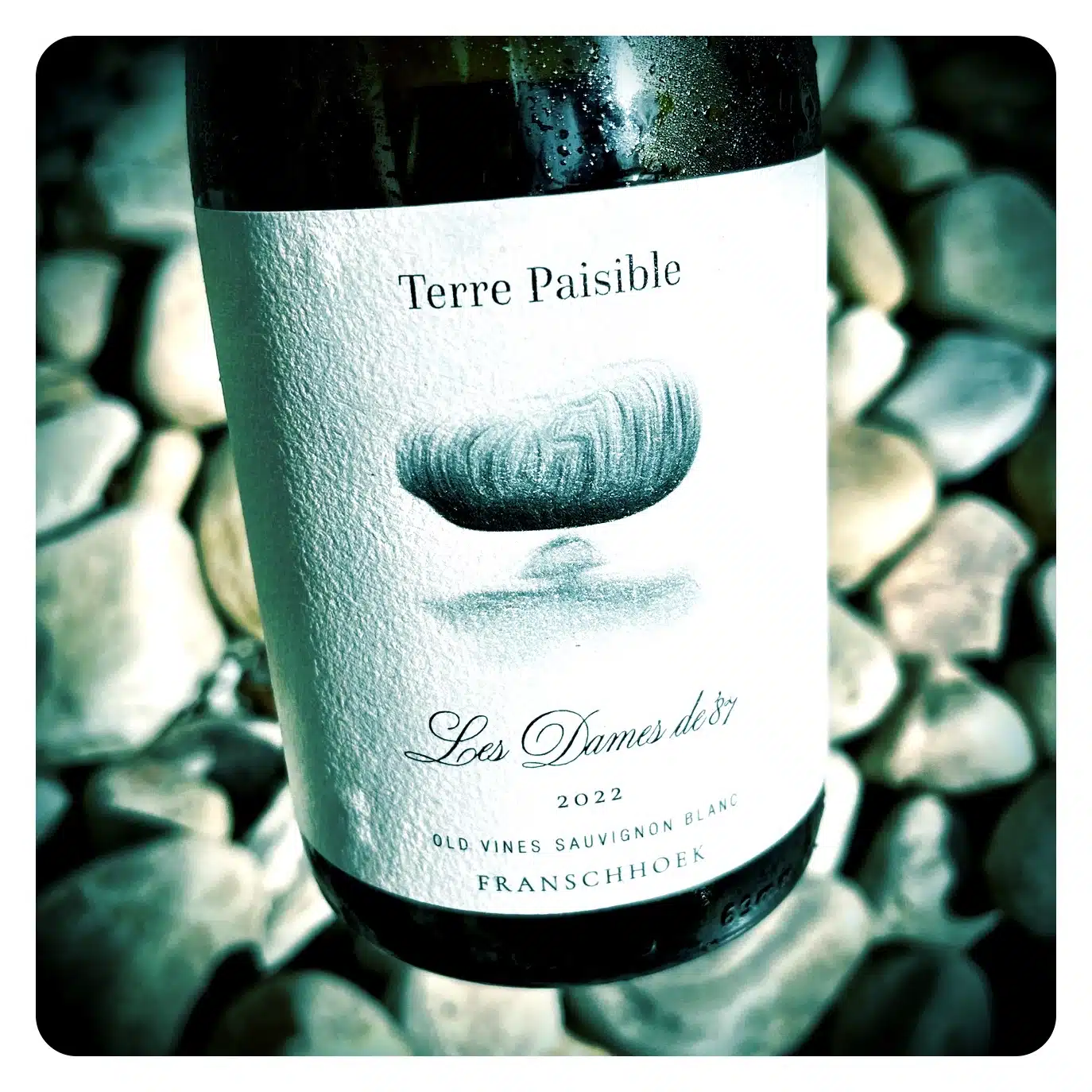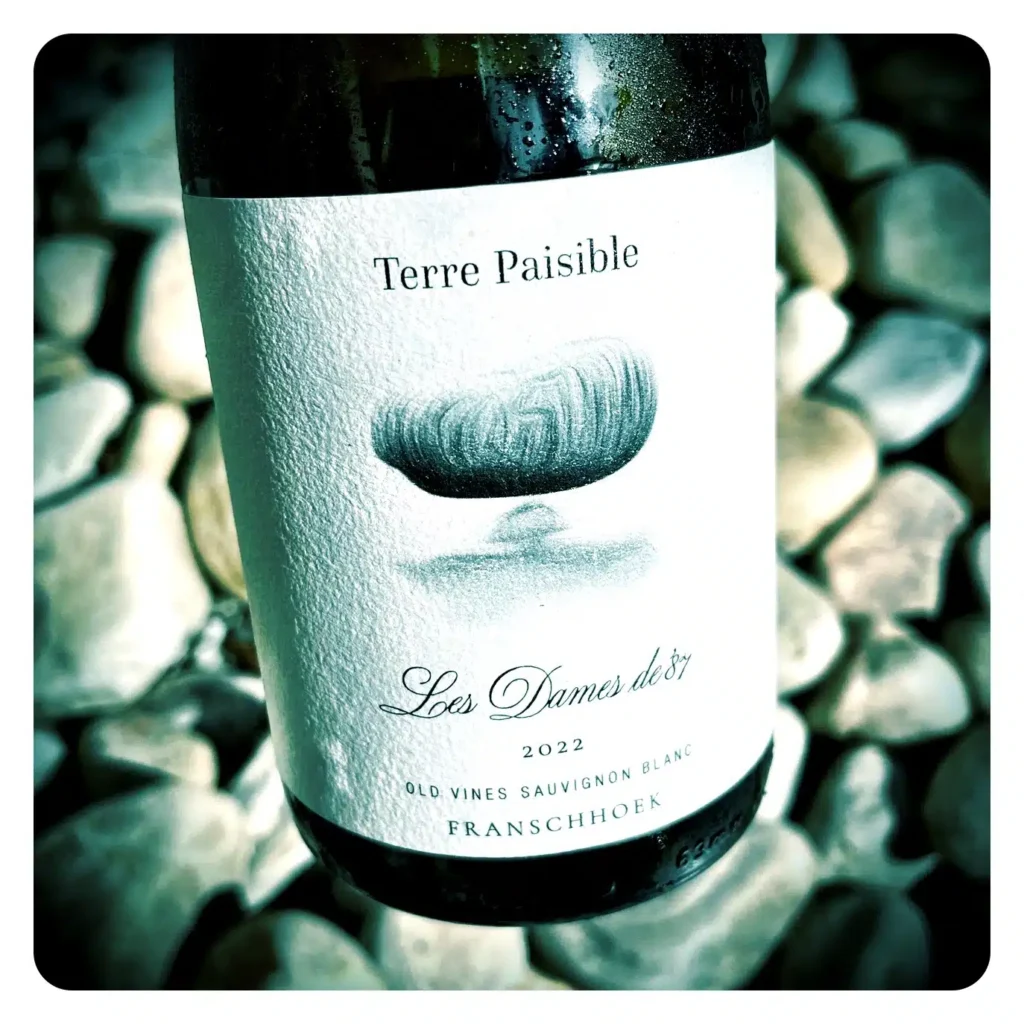A few years ago, I decided to make an impromptu visit to the Cape Town vineyards from London to visit some friends, suppliers and winemakers. Perhaps it was because I had asked my dear friend Dr Winnie Bowman CWM if I could stay at her house for a few days, which prompted her to point out that my trip would coincide narrowly with the second day of judging for the FNB Sauvignon Blanc SA Top 10 competition. As a senior judge, she decided to ask me if I would consider joining the esteemed jury for a day of tasting and judging. My payment would be a free apron and lunch… and of course plenty of good banter with my fellow judges, who this year notably included Winemag Editor Christian Eades, as well as wine industry legend Neil Ellis.
I accepted the gracious invitation, of course, but after a while, I was starting to feel anxious because I had devoted most of a precious full day to tasting endless quantities of young, sour Cape Sauvignon Blanc. Suddenly, it started to feel more like a chore than a relaxing, rewarding day of tasting. In the end, it turned out to be more fun than I had anticipated as I joined the group on the second day of judging, after the judges had already done much of the hard work and sorted the wheat from the chaff on the first day, and we were already in the process of naming the best wines from a previously narrowed selection.
Just tasting and discussing wine styles in depth alongside great winemaking minds like Neil Ellis made the experience worthwhile for me. I was recently reminded of this brief flirtation with Cape Sauvignon Blanc when I saw the judging dates for the 2023 FNB Sauvignon Blanc SA Top 10 announced on social media last week, which will take place from 29-31 August at Uitkyk in Stellenbosch.
Sauvignon Blanc is undoubtedly one of the favourites of South African wine drinkers, especially in the hot summer months when outdoor life is in full swing. According to current figures, Sauvignon Blanc is the second most planted variety (white or red) in South Africa and, like Chardonnay, can be found in almost every wine growing region in Cape Town, although it is clearly a cooler climate. And, amazingly, we can make some great Sauvignon Blanc in Cape Town… a phenomenon that has puzzled French and New Zealand advocates to no end over the years. But at this point, when I started thinking about how to position and penetrate the UK market for the best Sauvignon Blancs from South Africa, I quickly felt helpless.
There’s no doubt that the South African wine industry’s soundtrack has been playing Chenin Blanc and Chardonnay so loudly and for so long that I and many others have forgotten the lyrics to Sauvignon Blanc. Personally, I must admit that I drink a lot of Sauvignon Blanc, primarily because it’s one of my wife’s favourite grapes. However, most of the bottles we order in restaurants or wine bars are likely to be from New Zealand or France (Sanserre or Pouilly Fumé). I honestly can’t remember the last time I ordered a South African Sauvignon Blanc at a social event here in the UK… and I can’t say I’m particularly proud of that fact.
As a wine, Sauvignon Blanc still commands a loyal following among UK consumers, perhaps rivalled on supermarket shelves only by Pinot Grigio. Perhaps for this reason, when we look at value propositions in South Africa, Sauvignon Blanc, as a commodity wine, is well represented in the ‘value segment’ of brands in many grocery stores. The more interesting question is what kind of appeal and penetration do South Africa’s most premium wineries and brands currently have in the UK market?
Perhaps the success of the South African Between the Bridges wine tasting last July, which I discussed in my last column, was a more accurate portrayal of the wider UK wine market with many of the larger Sauvignon Blanc brands from Distel, Accolade Wines, DGP and KWV being showcased to the wider wine trade. But what about the more distinctive expressions on offer? A quick glance at my tasting booklet revealed some of the major producers already, with names such as Paul Wallace Wines of Elgin, Beau Constantia, Agulhas Wine Triangle, Painted Wolf, La Motte, Iona, Jordan, Zevenwacht, Cronier Wines, Groote Post, Warwick Estate, Kleine Zalze, Spir, Journey's End, Thelema Sutherland, Bouchard Finlayson, Diemersdal, Groot Constantia, Mulderbosch, Lismore Estate, Lomond, Waterkloof and Strandveld Vineyards, all of which are rated in the tasting guide as 'expensive' to 'excellent'.
I think we can all agree that South Africa produces some very diverse and high-quality expressions of Sauvignon Blanc. Whether these wines have captured the imagination of connoisseurs, collectors and more sophisticated consumers in the UK is more up for debate. I would argue, from my own experience, that South African producers have long recognised that UK Sauvignon Blanc is primarily a consumer commodity variety, and if occasional consumers seek to replace everyday expressions, the strength and brand value of New Zealand, Sancerre and Pouilly Fume is hard to beat. Yes, if Eben Sadie made a vintage Sauvignon Blanc, I am sure it would be as niche as a Scorfberg or a Rotsbank Chenin Blanc, or if Chris Allihet made a vintage Sauvignon Blanc, it would be in great demand. In these cases, the cult of personality trumps the variety and style of wine.
But amidst the crowded market, there are small islands of notable success, and this can be seen in the popularity of fine Sauvignon Blancs from the likes of Paul Cluver and Iona in Elgin, Southern Right from Hemel-en-Aarde, and of course the strongest South African Sauvignon Blanc brands in the UK, from the Constantia Valley, such as Groot and Klein Constantia, Buitenverwachting, Steenberg and Constantia Glen. These are producers whose reputations precede them and who have carved out a respectable niche over many years of hard work and consumer messaging.

The message to be drawn from the mixed success of South African Sauvignon Blancs in the UK seems to be: play to your target market and produce products that resonate with your target consumers. Personally, I’m eagerly awaiting the arrival of Adam Mason’s superb Terre Paisible Old Vine Sauvignon Blanc in the UK. In my opinion, this is a seriously serious style of Sauvignon Blanc that may have the potential to break into the retail and independent wine markets in the same way that Cape White Blends and Old Vine Chenin Blancs did in the early 2000s.
Harvested from 35-year-old vines, the 2022 Les Dames de 1987 Sauvignon Blanc expresses the more tropical and exotic fruit spectrum of the variety, displaying deliciously complex pineapple and peach flavours. After whole-vine pressing and minimal sedimentation, the wine was fermented in stainless steel before being placed in a 4,000-litre vat for maturation. Ripe yet incredibly sophisticated, there is also great subtlety and textural delicacy in evidence. Nine months of maturation on its fine sediments in the 4,000-litre vat gave the wine a classic French Bordeaux-meets-Loire Valley character, and the wine is undoubtedly made in a style that would reward further cellaring. At around £36 a bottle, it will also be interesting to see whether this wine, with its old-vine credentials, can tap into a market that is very receptive to premium offerings if it is bottled correctly and made in a proper Old World style.
South African Sauvignon Blanc needs more premium brand champions to step up and push the quality narrative to the next serious level. Producers who will champion the variety first and foremost, with appellation and regionality integral but secondary to the story. The cult of personality is in the air at the moment. If we can’t convince Eben Sadie to make a Sauvignon Blanc Old Vine that’s full of interest, we need to look to other brand champions. Duncan Savage was undoubtedly the heir apparent, but then he discovered Cinsault and Chenin Blanc. Who will step up and lead the fight again? Adam Mason? John Secombe? Matt Day? Andre van Rensburg? Answers on a postcard.
Registration is now open for the Prescient Sauvignon Blanc Report (including Sauv-Sem blends) – see here.
Born in Pretoria, South Africa, Greg Sherwood, the son of a career diplomat, spent the first 21 years of his life travelling the world with his parents. After graduating with a degree in Business Administration and Marketing from Webster University in St. Louis, Missouri, USA, Sherwood began his career in commodities trading. In 2000, he decided to parlay his long-standing interest in wine into a position at Handford Wines in South Kensington, London, working his way up to the position of Senior Wine Buyer. Earlier this year, he moved to South African specialists Museum Wines to become Director of Fine Wines. He completed his Master of Wine degree in 2007.


